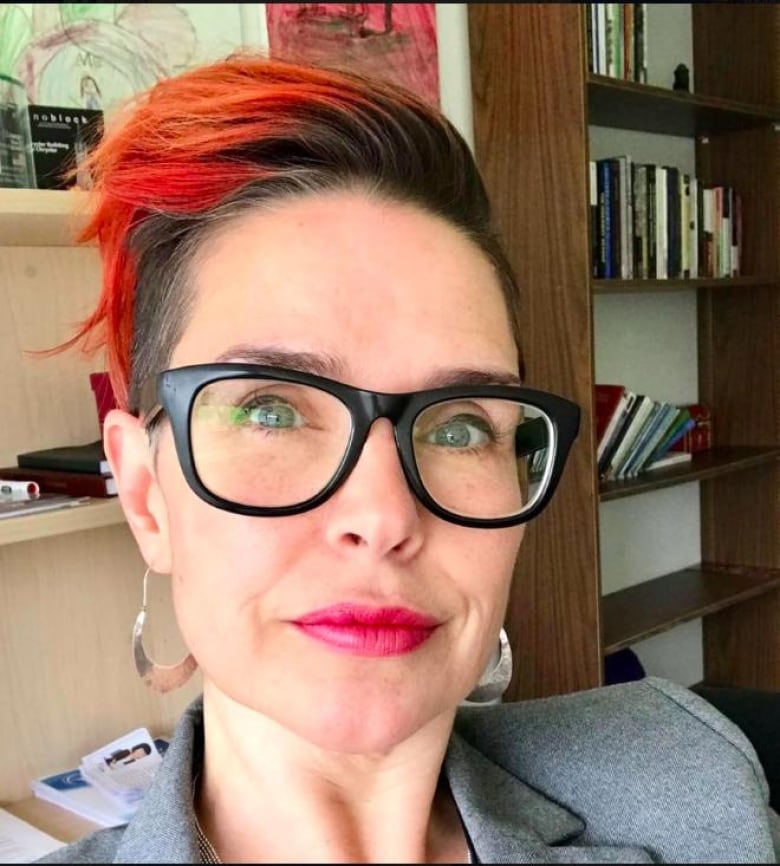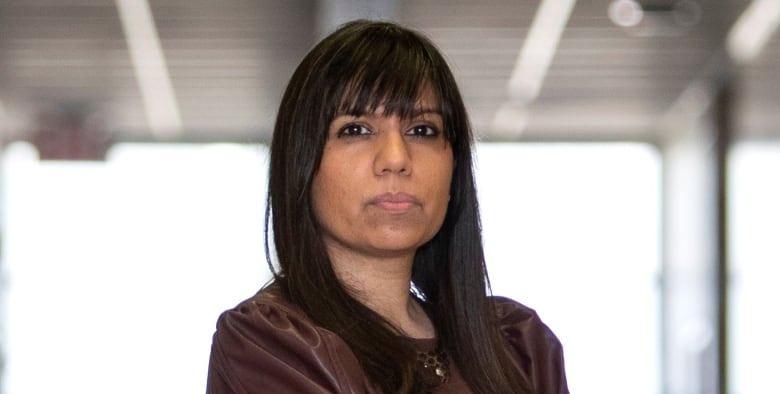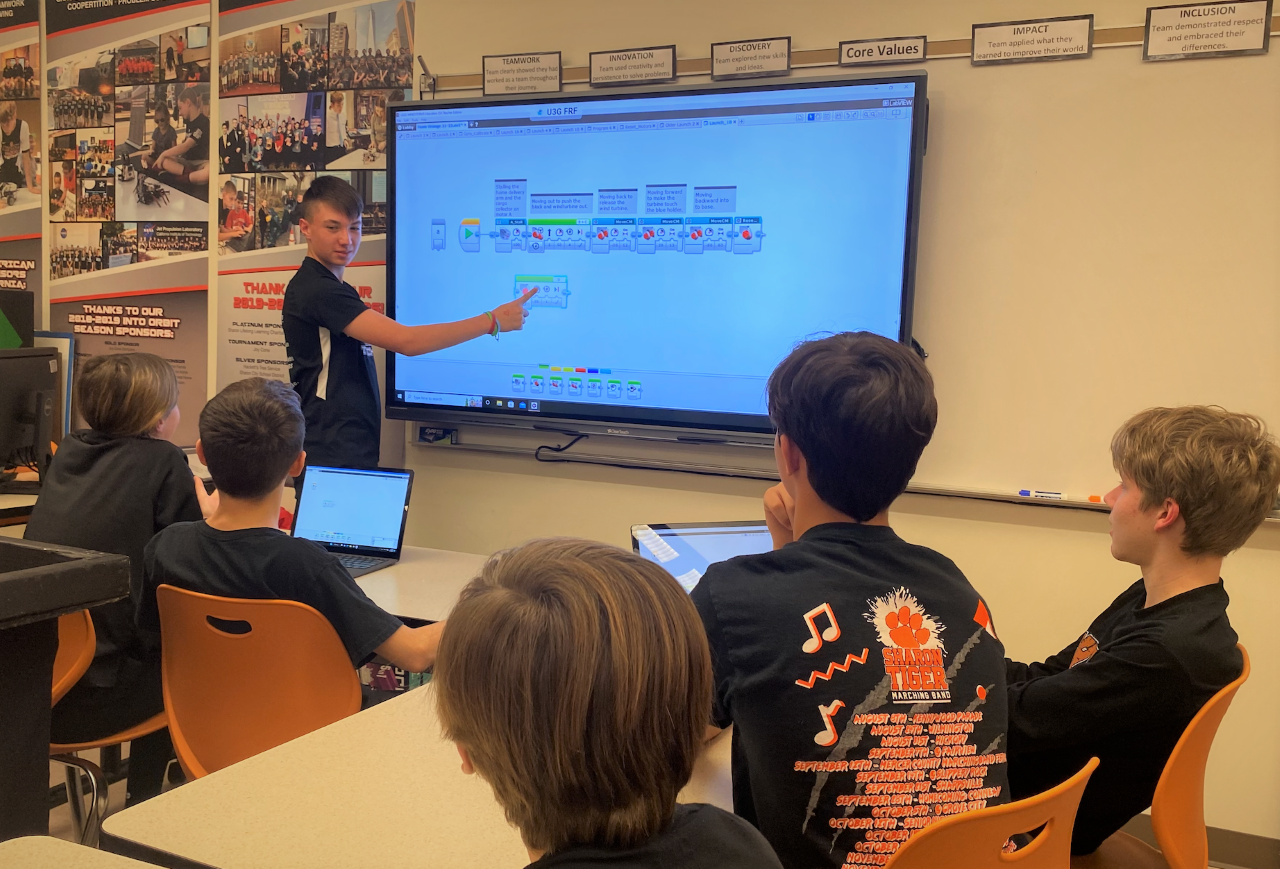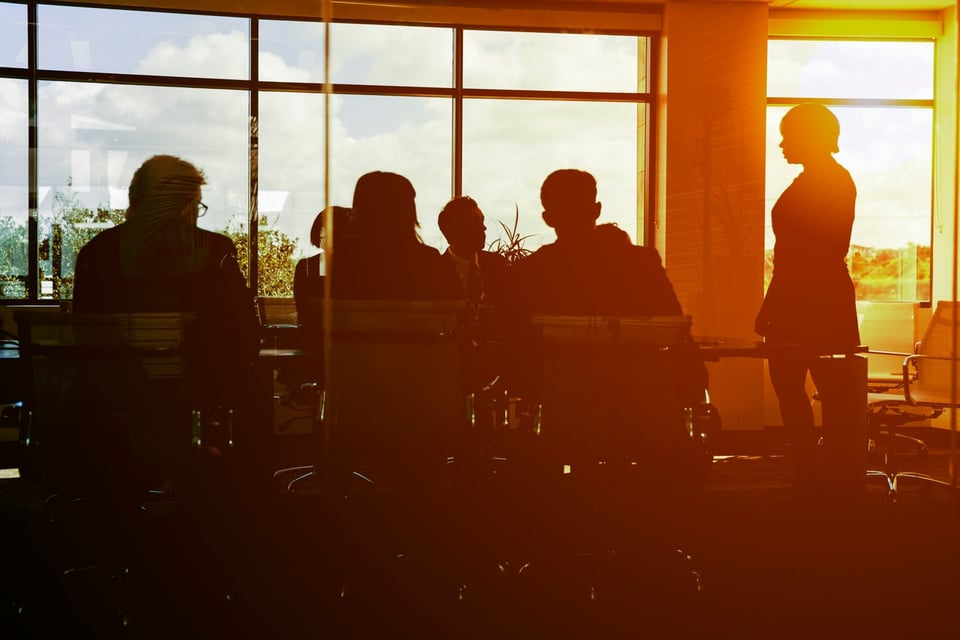
Table of Contents
Spark53:53552: Pandemic classes in training tech
At some point whereas instructing her Grade 1 class, Sharon Noticed heard a narrative from a pupil that she knew she needed to share.
“He goes, ‘Do you know that I can eat a complete field of popsicles all on my own?'” the Edmonton trainer recalled.
“And I mentioned, ‘That’s a number of popsicles, my good friend.’ And he says, ‘Yeah, after which I get diarrhea.'”
Noticed was “dying of laughter,” however could not hear or see anybody else doing the identical. That is as a result of it was a pandemic-era lesson and everybody was on display screen in a digital assembly. Perhaps some reactions had been muted, or off-camera. Perhaps some youngsters simply did not know what diarrhea meant.
“So I used to be pondering, you recognize what? This might make the right TikTok video,” she informed Spark.
With the username sharonbeteaching, she began a brand new account on the micro-vlogging platform that is massively fashionable amongst youthful audiences. She uploaded a video with herself taking part in each herself and the popsicle-eating pupil.
It took off. She’s since made dozens of school-centric movies on TikTok and amassed greater than 47,000 followers.
Lecturers utilizing TikTok movies exploded through the pandemic as educators searched for brand spanking new — and distant — methods to teach and entertain their college students. The hashtags #trainer and #teachersoftiktok collectively have billions views on the platform, in response to Wired.
And a 20Thanksa21 put up on TikTok’s official weblog put the highlight on among the hottest TikTok lecturers within the U.S., some with tens of millions of followers worldwide.
For Noticed, it shortly turned about greater than humorous jokes from the classroom — digital or in any other case.
“I began branching out into posting like a few of my lesson highlights or issues that I’d do in my on-line classroom, just like the songs I’d play on the ukulele, or like classroom administration methods or new know-how apps that I attempted with my college students that had been fairly efficient,” she mentioned.
“And even to this present day, I nonetheless use them in my classroom.”

Bonnie Stewart, an affiliate professor and digital training professional on the College of Windsor, says educators have taken pandemic-era instruments that improve their work again into the school rooms, however stopped utilizing different apps or platforms that had been primarily substitutes for what they might do in-person.
A few of these instruments “enable flexibility for college kids, [or] even reduce the time they’re spending in school, however enable college students to work collectively and collaborate exterior class,” she mentioned.
Professors in larger studying settings, for instance, are maintaining digital workplace hours so college students need not go to the precise workplace if it is inconvenient. And lots of are placing their course supplies on-line so college students can overview the fabric whether or not they made it to an in-person class or not.
Huge training disruption
Noticed’s rising viewers in TikTok is not restricted to her area people, both. She’s since related with different lecturers world wide, exchanging concepts for movies and classes alike.
The collaborative efforts helped navigate the brand new actuality Noticed and her fellow lecturers discovered themselves in through the pandemic, after lockdowns all of a sudden reshaped the training panorama.
“Instructing through the pandemic was very difficult…. We had been navigating this unknown actuality each single day, undecided what was going to occur the subsequent day,” she mentioned.
“And so we needed to reinvent the wheel with all our classes, adapt them to on-line studying. And each day you are simply praying and hoping your laptop would not break down.”

Prachi Srivastava, an affiliate professor at Western College in London, Ont., describes the pandemic as “the biggest mass disruption to training in human historical past that we have identified.”
Within the early days of the pandemic, Srivastava monitored UNESCO’s map of college closures world wide.
She additionally led Ontario’s COVID-19 College Dashboard, which mapped all in-school infections from 2020 till the province stopped gathering that information in January 2022.
“Roughly 1.7 billion learners had been affected and 90 per cent of faculties in all nations had been closed. So we actually are speaking about a complete technology right here,” she mentioned.
Privateness issues
As a trainer of youthful college students, Noticed by no means truly options youngsters in her TikToks or different social media skits.
In keeping with Wired, the Household Instructional Rights and Privateness Act (FERPA) within the U.S. would not explicitly forbid importing recordings taken throughout lessons, so long as they do not include data that would inadvertently establish a minor in opposition to their consent.
In Canada, pointers for safeguarding pupil data and privateness are overseen by the province or territory.
Ontario’s Municipal Freedom of Data and Safety of Privateness Act (MFIPPA), for instance, says that when utilizing on-line providers within the classroom, educators “be sure that these providers don’t improperly accumulate, use or disclose college students’ private data.” It would not have particular pointers for utilizing social media platforms like TikTok, nevertheless, which are not primarily used as instructional instruments.
Tips from the Ontario School of Lecturers says that social media can present “revolutionary alternatives for instructing and studying,” but in addition advise educators to “hold interactions skilled, as you’ll within the classroom, and construct a constructive on-line presence.”
It is only one new query within the always evolving panorama of digital privateness because it pertains to training.
As Stewart notes, merely turning on a webcam throughout digital lessons through the pandemic might elevate privateness points, because it might supply a window into the house scenario of a pupil that might in any other case be stored non-public.
And that is to say nothing concerning the always-present query of what information the apps and platforms are utilizing or gathering whereas we relied on them for communication.
Noticed, nevertheless, is grateful for a lot of of those instruments — so long as they’re getting used consciously and responsibly for her college students’ profit.
“I take into consideration what it could have been like if I needed to educate throughout a pandemic like, 50 or 60 years in the past. And I do not assume I’d have survived,” she mentioned.
“The truth that we had been nonetheless capable of ship a complete complete curriculum and provides these college students the training that they deserved throughout a pandemic … is fairly spectacular to me.”
Produced by Olsy Sorokina and Nora Younger.




